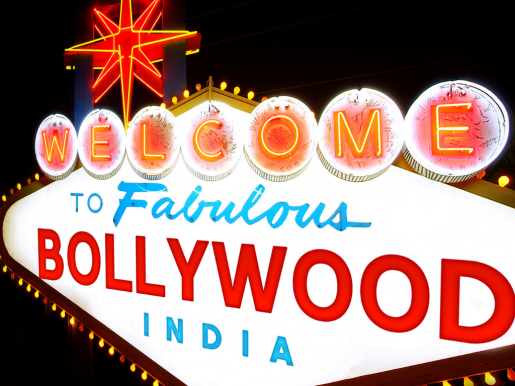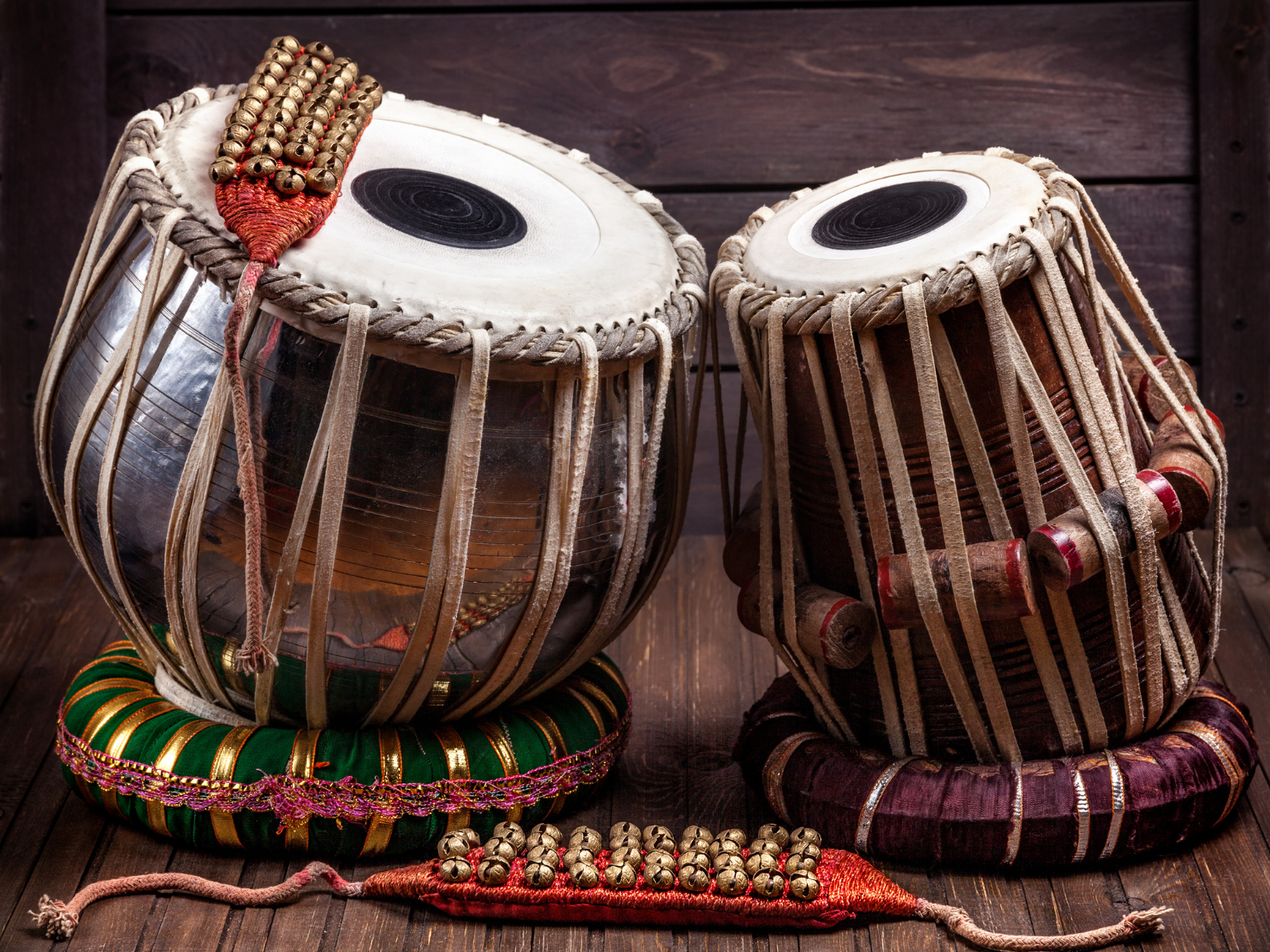By clicking submit, I consent to my personal data being collected, stored, and processed by Think Pacific in accordance with our Privacy Policy.
Music and Dance
An introduction to some of the main forms
Music and dance play a core part of the culture. The traditional styles still hold a strong grasp on Indo-Fijian
communities but variation and influence comes to.

Bollywood is a modern pop-like music which comes from Bollywood films. The songs can range from traditionally influenced sounds to full blown anthems. Such songs will usually reflect the trends of the time. Bollywood music is engaging, energetic and therefore has also gained airtime and regular listeners from much of Fiji’s population aside from its population of Indian descent.
Bollywood is a worldwide industry, derived from the unique style of film and music from well know dance routines. Have a listen to some famous examples below…
Here’s a fascinating video with interviews with young Fijian individuals of Indian descent. They navigate the topic of identity but interestingly tie discussions around Bollywood music into this.
Bhajan is a religious musical form and plays a part in devotion of various Indian religious traditions (from the root word Bhaj, to ‘revere’). They can focus on a particular deity, scripture, tales and teachings. Traditionally, they can be sung in Hindi or Sanskrit (old religious language) and bhajans are usually accompanied by percussion and other supportive instruments such as the tabla (rhythmic drum), dholak (drum) and tambourine. Like a lot of Indian music, the vocals take the lead. Some parts are call and response. They can go on for a long time and become quite hypnotic!
There are no prescribed musical rules and are generally in free form.
Qawwali are a form of devotional song in Islam. These songs are usually sung in a large group with one vocalist taking the lead alongside a group that follow. Harmonium and dholak are common accompanying instruments. Qawwali songs can last from 10 – 30mins long… or sometimes even longer!
Check out the video on the right of Nusrat Fateh Ali Khan (a globally renowned performer of qawwali) performing in Leicester, UK in 1983.
“Qawwali is the physical and musical manifestation of the Sufi religious tradition in South Asia. Powerful, poetic & transcendent, its hypnotic rhythms and melodies celebrate God, love and music as one” – Bobby Friction
It has a deeply religious history dating right back to the 13th century. It is the music of Sufi-sm, also known as ‘Islamic mysticism,’ whose followers believe in learning from teachers, rather than relying on texts.
Dances of Indian origin do want to tell stories; but, ultimately, emotion and spirit is what all classical Indian dance cares deeply about.
In Fiji, there are still schools dedicated to teaching these traditional dance styles. Kathak is traditionally danced by women, but more men are starting to take on this dance style. Myths and legends are communicated through this dance style, from both Hinduism and Islam. The dancer is accompanied by tabla, harmonium and cymbals. The rhythm of the dancer’s feet echoes the sounds of the tabla.
Nayantara Parpia is a professional Kathak dancer and teacher. She is a senior disciple of Smt. Yogini Gandhi and Pandit Birju Maharaj. In this video, she begins with an invocation to Lord Ram in raag Yaman, followed by technical compositions in Teentaal, a rhythm cycle of 16 beats.
Kathak: Does every gesture have a meaning? – An article from BBC arts about this form of dance explaining the history and the intention behind the movements themselves.
Click hereThe north Indian Kathak dance differs from the south Indian Bharatanatyam in several ways, even though both have roots in the Hindu text Natya Shastra. Kathak expressions – particularly in Hindu devotional styles – are more introverted and withdrawn, while Bharatanatyam is more extroverted and expansive. Kathak is normally performed in a standing form with legs and torso typically straight, while Bharatanatyam extensively utilizes bent knee form (ara mandi, half sitting position that is somewhat similar to Demi Plié ballet move).
Bharatanatyam is the oldest traditional dance style from India. It originated from the Temples and Courts of ancient India. Similar to Kathak, Bharatanatyam tells stories from myths and epics, but the style is a lot more extroverted. A big feature of this dance style is the eyes… check out below!

